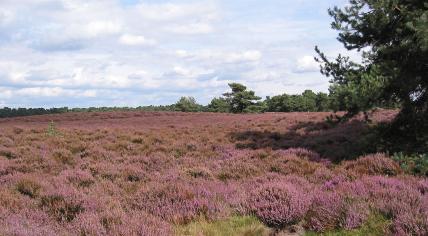
Nitrogen emissions falling too slowly to achieve nature goals: RIVM
The amount of nitrogen settling on sensitive natural areas is decreasing. However, according to the National Institute for Public Health and the Environment (RIVM), this decline is too slow to achieve long-term environmental goals. Currently, only 28 percent of the nitrogen-sensitive Natura 2000 areas are within safe limits.
With the current policies in place, by 2030, the Netherlands will only reach about 30 percent compliance. This falls significantly short of legal targets. By that year, half of these areas should no longer have excessive nitrogen deposition. The law mandates that this should increase to at least 74 percent by the year 2035.
The latest RIVM monitor is less optimistic than the previous one. This is mainly due to scientific research which has led to a revision of the so-called critical load (KDW). The KDW is the threshold for nitrogen compounds, beyond which there is a risk of damaging the environment. This primarily concerns ammonia, and to a lesser extent, nitrogen oxides. Ammonia mainly originates from manure, while nitrogen oxides primarily come from industry and traffic.
In the calculations, only concrete plans have been considered. The RIVM has not yet included in this monitor the relatively new measures introduced after May of the previous year.
Since 2005, the amount of nitrogen deposited in sensitive natural areas has decreased by about 20 percent according to the RIVM. Examples of nitrogen-sensitive nature include heathlands, dunes, and ancient oak forests.
Reporting by ANP
